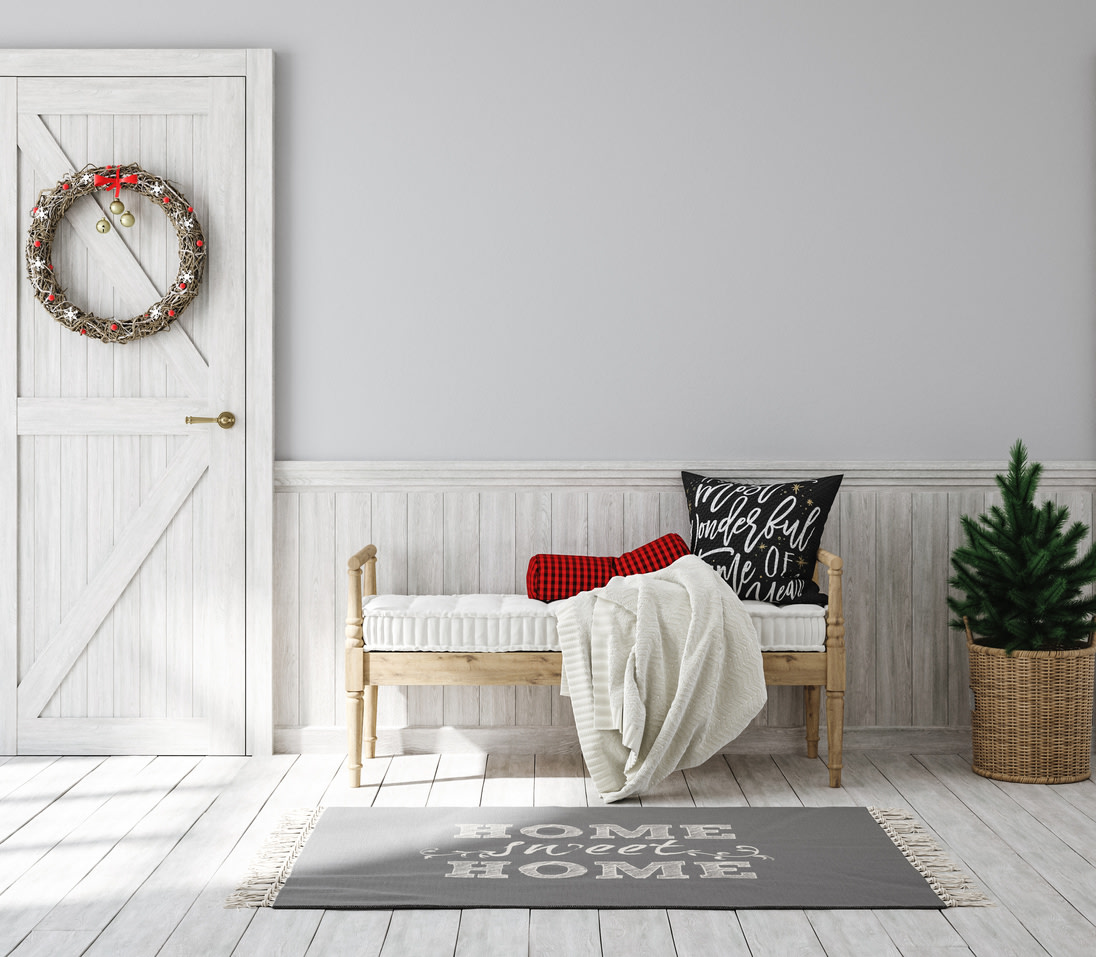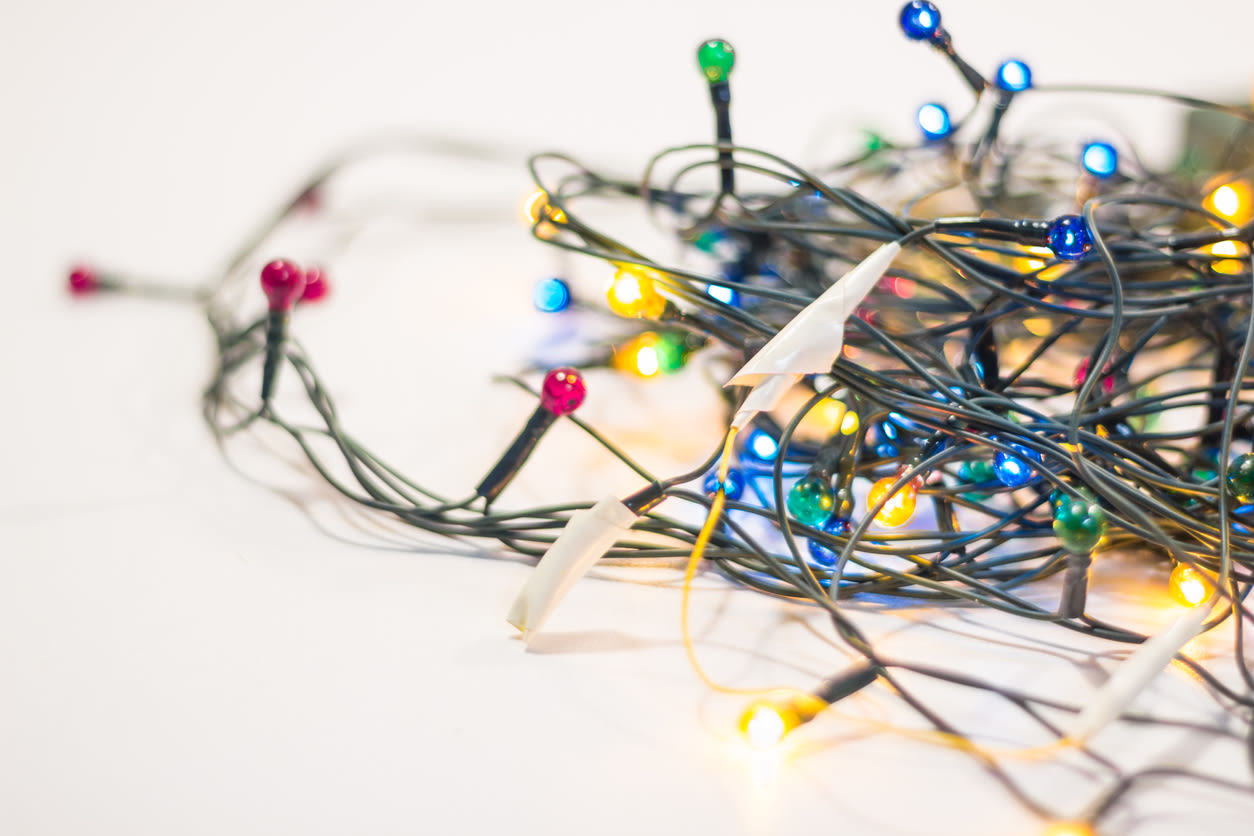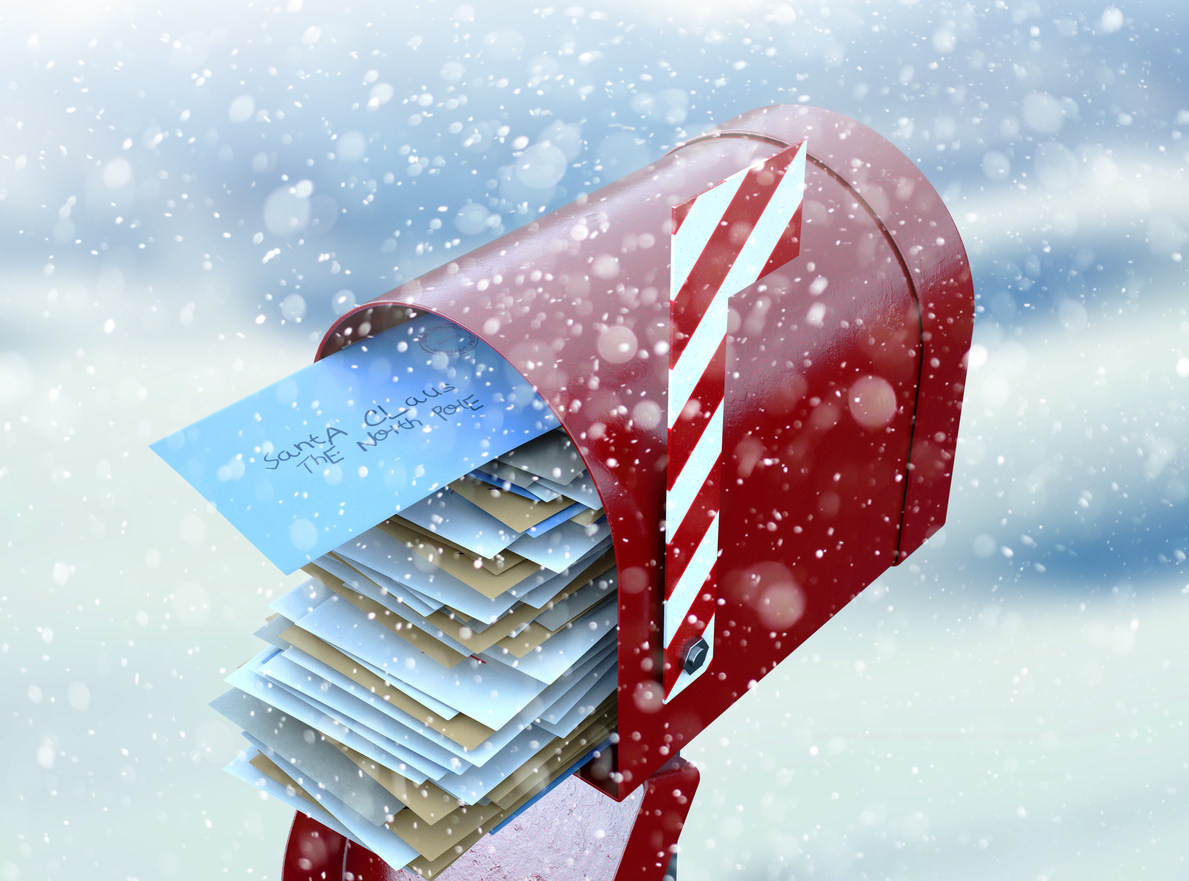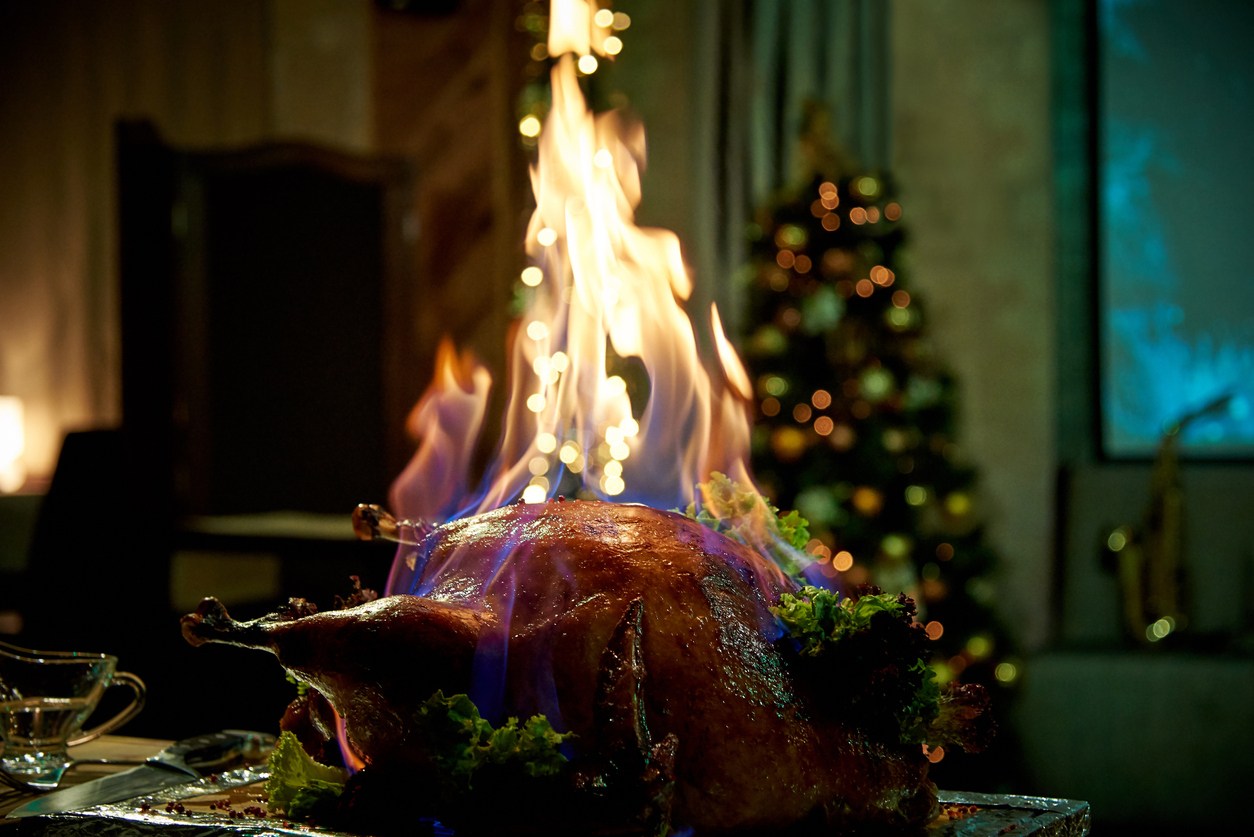
Holiday No-No-Nos 🎄
December 21, 2021
Santa may be keeping a list of good little girls and boys, but here’s a list of holiday tips aimed at keeping you on the “good list” when it comes to holiday and everyday safety. We’ve included some special advice for showing your home during the holidays to ensure potential buyers get the most of your showing.
Let Your Home Shine

Christmas allows you to add sparkle to your home – but be careful not to overpower inside or outside spaces with too many decorations and colors. As with any other time of year, keep it simple and choose a subtle theme and colors. Lighting especially adds interest to outside spaces and can accent a home’s best features. Temporary spotlights and simple soft white lights accentuate features while allowing a buyer to still see the home.
Decorations should not interfere with the home’s flow. BobVila.com advises storing unnecessary furniture if you’re displaying a large decorated tree. Also, avoid displaying heirloom ornaments or décor that could accidentally be damaged during showings.
Holiday season showings mean your house will likely be filled with gifts under the tree. If possible, store your gifts out of sight and replace them with a few empty wrapped boxes for effect. Remember, the safest way to show your home always is with a REALTOR® present. REALTORS® are trained to screen potential buyers, verify their identities and keep an eye on them as they go through your home.
Decorate Safely

Christmas trees, special lights, ornaments and holiday plants added during the holidays are lovely, but all pose potential safety hazards. Start with the tree. Whether natural or artificial, make sure the tree is secure in its stand and away from sources of heat – especially fireplaces and space heaters. Natural trees require watering so allow space at the bottom to reach their water container or use a watering tube available at many home improvement stores and tree farms. Artificial trees have their own hazards. Check for worn wires and broken lights. Most importantly, check the Consumer Products Safety Commission for recall notices on your pre-lit tree.
Lights, especially those on the tree, should be inspected for broken wires and bulbs before use even if they’re brand new. Modern LED lights are the safest choice since they emit little heat. Be careful to follow the manufacturer’s guidance on how many strings of lights can be connected and don’t overload outlets, extension cords, or power strips.
Fragile or heirloom ornaments should be secured well on your tree’s sturdiest branches. If there are small children around, consider placing them out of reach to avoid breakage that could result in cuts and stitches. There’s nothing jolly about a holiday injury.
Poinsettias are a holiday home decorating staple and were once believed to be extremely poisonous to dogs and cats. In shades of crimson, pink, and white they bring cheer to tabletops and otherwise dreary corners. Like many other Christmas plants, poinsettias are no longer considered dangerous but can be mildly toxic to pets. The same is true for holly berries, some types of mistletoe, and English ivy. As with most plants, it’s wise to place them out of the reach of curious hands, paws, and mouths.
Bah Humbug to the Felons

Holidays should bring merriment, not mayhem. Smart plugs, devices, and old-school timers are Santa’s helpers when it comes to thwarting porch pirates and burglars while you’re away from home. Wireless smart plugs use Bluetooth technology allowing you to control regular lighting and Christmas lights remotely. Many smart plugs also have a timer feature allowing you to set a schedule for lights to turn on and off. Unless you tell, no one will know whether you’re home or away.
It’s a good idea to let the United States Postal Service know if you plan to be away from home for three days or more. The USPS hold-mail service will keep your mailbox uncluttered with holiday cards and packages while you’re away and deliver them when you return. Arranging to hold mail is easy at USPS. It’s a good idea, too, to hold on to boxes that would hint at new items in your home like televisions and computers. Discard boxes more discreetly by cutting them up to fit the trash bin or taking them to a recycling center rather than placing them on the curb.
Only You Can Prevent Holiday Fires

Everyone looks forward to a holiday feast but, according to the National Fire Prevention Association (NFPA), cooking sparks an average of 172,900 home fires each year. Thanksgiving and Christmas holidays account for spikes in cooking fires. So, before you fire up the turkey fryer or stove, make sure you have the time to monitor the cooking – especially where oil is involved. Never leave a stove, fryer, or grill unattended.
Fires are especially inviting during the holidays. Again, a commitment to monitoring fireplaces, fire pits and candles is the key to avoiding an unplanned visit from the neighborhood firemen or a nasty burn. Candles alone account for 8,690 home fires each year, according to NFPA, and December is the peak month for candle fires. Flameless candles are a pretty and safe alternative to live burning candles – especially in crowded rooms where they can easily be knocked over.
Don’t be a Grinch

If you’ve decided to keep your home on the market during the holidays, make the best of it and face showings with good cheer. The ultimate reward is knowing that anyone house hunting during the holidays is likely to be as motivated to buy as you are to sell.
Have a plan for leaving home during showings. Enjoy a trip to a local coffee shop or café. Visit a bookstore. Take the kids on a drive around town to look at decorations or to a movie you’ve been wanting to see.
The most important tip of all: Enjoy the holidays.